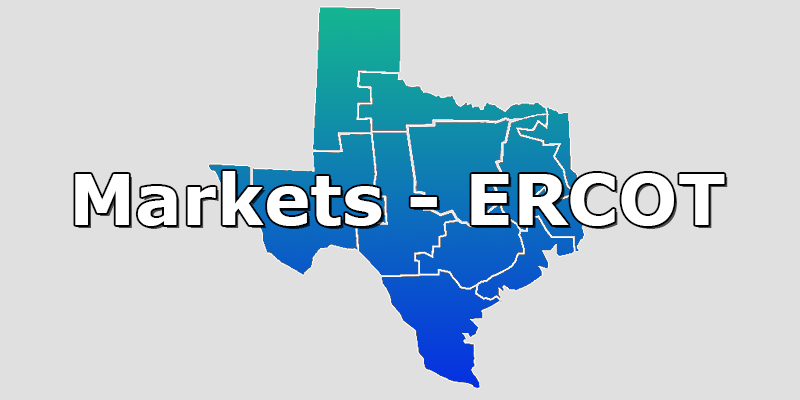
On December 15, 2021, PJM released the initial findings of a multiphase, multiyear "living study" that captures the potential impacts of an evolving grid resource mix that includes more electricity from renewable energy resources such as wind and solar assets. PJM's paper, "Energy Transition in PJM: Frameworks for Analysis," identifies critical gaps and opportunities within the current market construct and offers insights into the future of market design, transmission planning, and system operations with additional renewable generating assets in the grid. The paper cautions that the study’s assumptions are continually refined based on internal and external stakeholder feedback. PJM’s five key areas of focus are summarized below.
1. Correctly calculating the capacity contribution of generators is essential
A grid with more renewable and intermittent resources will require new approaches to adequately assess the reliability value of those resources and the system as a whole. For this reason, PJM adopted a method for quantifying resource adequacy, approved by
the Federal Energy Regulatory Commission (FERC) this past July, called the Effective Load Carrying Capability (ELCC). Resource adequacy means ensuring that there is enough generation on the grid to meet system demands. One goal of the ELCC is to accurately set capacity values for renewable and storage resources. As the number of renewable resources grows, the study recognizes the importance of accurately capturing their ability to maintain supply and demand balances across all hours of the day.
2. Flexibility becomes increasingly important with growing uncertainty
Given that solar and wind generating assets do not always produce electricity when it is needed on the grid, there is a degree of uncertainty with these kinds of power generating resources. And while there is always some amount of uncertainty in the amount of electricity that is available to meet the grid’s demand, that uncertainty is increasing with a generation mix that includes more renewable resources. The study reaffirmed "the need for operational flexibility to address the uncertainty of variable resources," including a "50% steeper net-load ramping periods, frequent dispatch of generators to their economic minimum, and lower capacity factors for thermal resources."
One of the ways PJM plans to combat uncertainty is by ensuring that ancillary services are transparently priced and competitively procured in a cost-effective manner. The report suggests that "transparent price signals in line with real-time system conditions will best incentivize optimal operations and investments."
3. Thermal generators provide essential reliability services today and an adequate supply will be needed until a substitute is deployed at scale
Thermal generators is the term used to encompass any non-renewable electricity-generating resources that can be dispatched on-demand to meet the needs of the electricity grid. The study affirms that these thermal resources are essential to the generation mix to ensure the stability of the grid and that adequate supplies of electricity exist throughout PJM. Thermal generating assets will be an essential part of PJM’s future electricity grid, which is expected to include more intermittent renewable power sources in the future. PJM and its stakeholders must ensure that the market structure provides the right incentives to maintain an adequate supply of these services. Due to its sheer geographic size (seven times the size of Texas), the study reveals that thermal generators in PJM are essential to maintaining grid reliability until a different technology can reliably replace them at scale.
4. Regional markets facilitate a reliable and cost-effective energy transition
Geographic diversity reduced the impact of more intermittent renewable resources in terms of the grid’s stability and reliability. The analysis showed that the ability to import electricity from other electricity grids reduced the impact of a generation mix that includes more renewable power assets and showed the advantages of a robust interconnection among regional electricity systems. According to the report, "The economies of scale, geographical diversity and robust transmission system of PJM Interconnection can serve to facilitate the reliable and cost-effective integration of renewable resources. Expected increases in congestion, renewable curtailments and interchange with other regions suggest opportunities for strategic regional transmission expansion as well as storage and grid-enhancing technologies."
5. Reliability standards must evolve
PJM's study identifies an opportunity for FERC, the North American Electric Reliability Corporation (NERC) and states in PJM to coordinate their stance on distributed energy resources (DER) participation in wholesale electric markets. DERs produce and supply electricity on a small scale and are spread out over a wide area. Rooftop solar panels, backup batteries, and emergency diesel generators are examples of DERs. And while traditional generators are connected to high-voltage transmission lines, DERs are connected to a lower-voltage distribution grid, like residences and businesses. Today, NERC’s standards do not apply to resources connected to the local distribution network. NERC would need to evolve its standards to include DERs, which provide value to the grid but need to have measures to set appropriate performance, cybersecurity, and reliability levels.
The results of PJM’s study outlined above are just the initial outcomes of its multi-year study in examining an electricity grid with more renewable power assets. PJM states they are "proactively taking multiple steps to facilitate a reliable and cost-effective energy transition, focusing on improving the interconnection process, exploring potential enhancements to the capacity market, and performing reliability studies to determine reinforcements needed to reliably deliver offshore wind in the PJM region." PJM's "living study" represents another robust effort in providing insights to improve the interconnection as we all embark upon the renewable energy transition.




